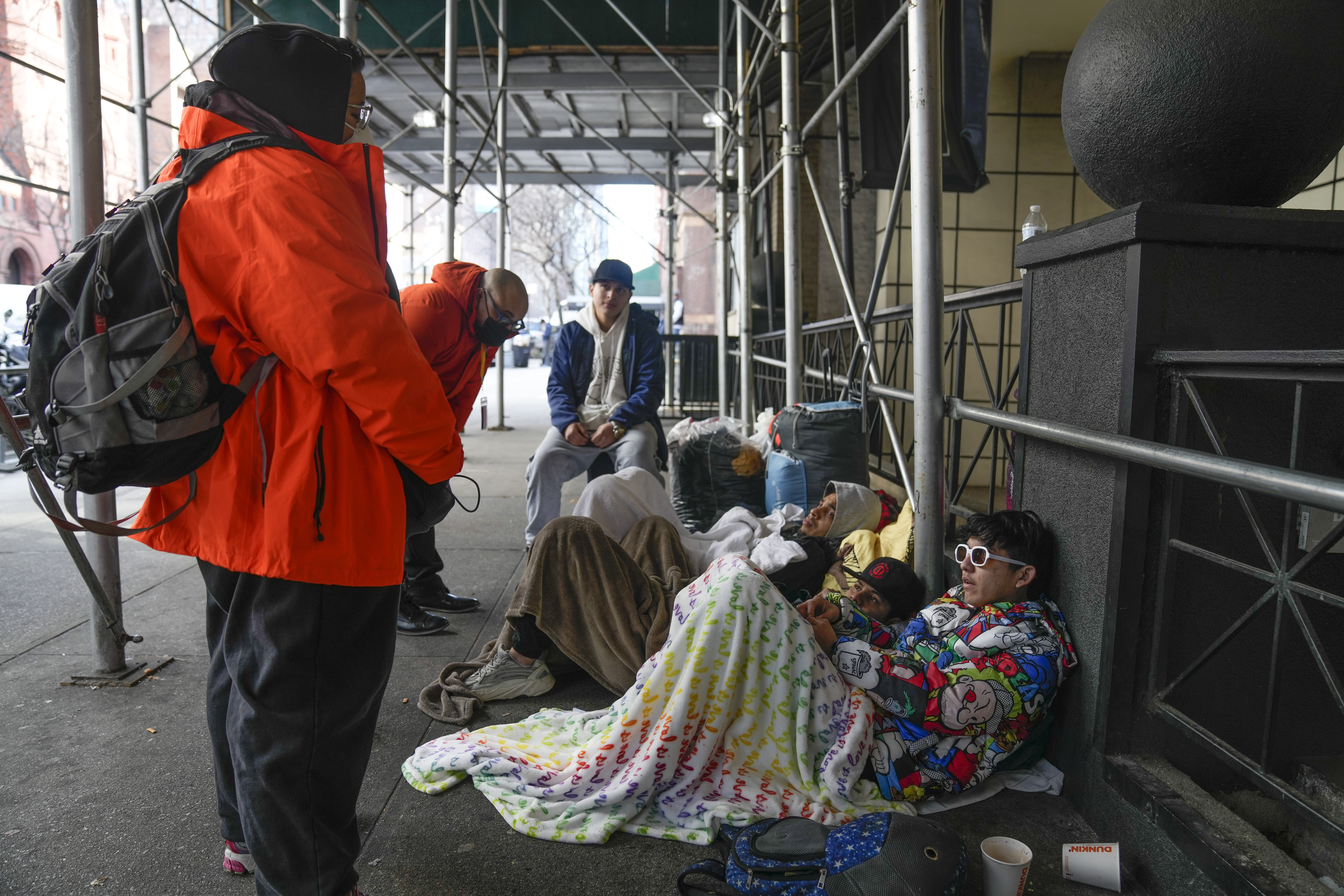Whether you like it or not “sweater weather” is activated. But a warning now, you will need something a lot thicker than your favorite sweater during this upcoming cold season.
Thursday, the National Oceanic and Atmospheric Administration released their winter predictions. It revealed below normal temperatures are expected for the northern parts of the country. This means freezing temperatures from the Pacific Northwest across the northern Rockies to the northern Plains further eastward to the western Great Lakes. That’s according to the chief of NOAA’s prediction branch. Frigid temps also mean areas experiencing severe drought could see even worst conditions.
Regardless of the findings, it’s obvious this winter season is expected to be brutal. With freezing temperatures expected many Americans worry about the rising utility costs that come with trying to keep you and your family warm.
According to Fox Business, the Department of Energy predicts sharp prices increases for home heating. What’s causing these significant spikes in the cost of energy? Fox reports the war in Ukraine is reducing supplies and of course inflation rates. A few things have been done to combat the problem including Biden’s release in millions of barrels of oil, the added $1 billion in heating aid by Congress.
You can’t depend on politicians to directly keep you warm. AAA is sharing cost-effective ways to stay warm in your home.
First, the agency suggests installing a smart thermostat. Studies show a smart thermostat saves you about $131 and to $145 a year while helping you use the heat in your home efficiently.
Next, to control the drafts around your windows insulated cellular shades are an option. If you can’t afford them, window coverings can do the same thing. Simply, close the curtains at night and open them during the day.
Third, Consider a professional home energy audit. The auditor will conduct a home investigation looking for anywhere heat is slipping through the home. You will pay a few hundred bucks upfront but save in the long run.
Lastly, do it yourself, walk around your home sealing up any nooks and crannies you see. AAA also advises if you plan on buying your winter supplies from Home Depot or Walmart shop online.


















Add comment